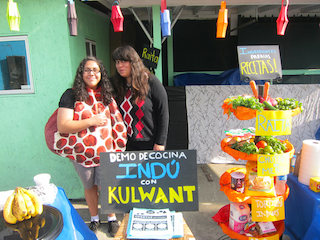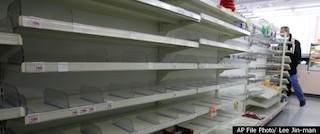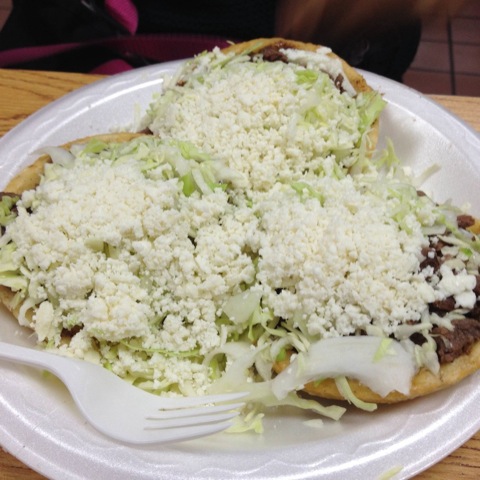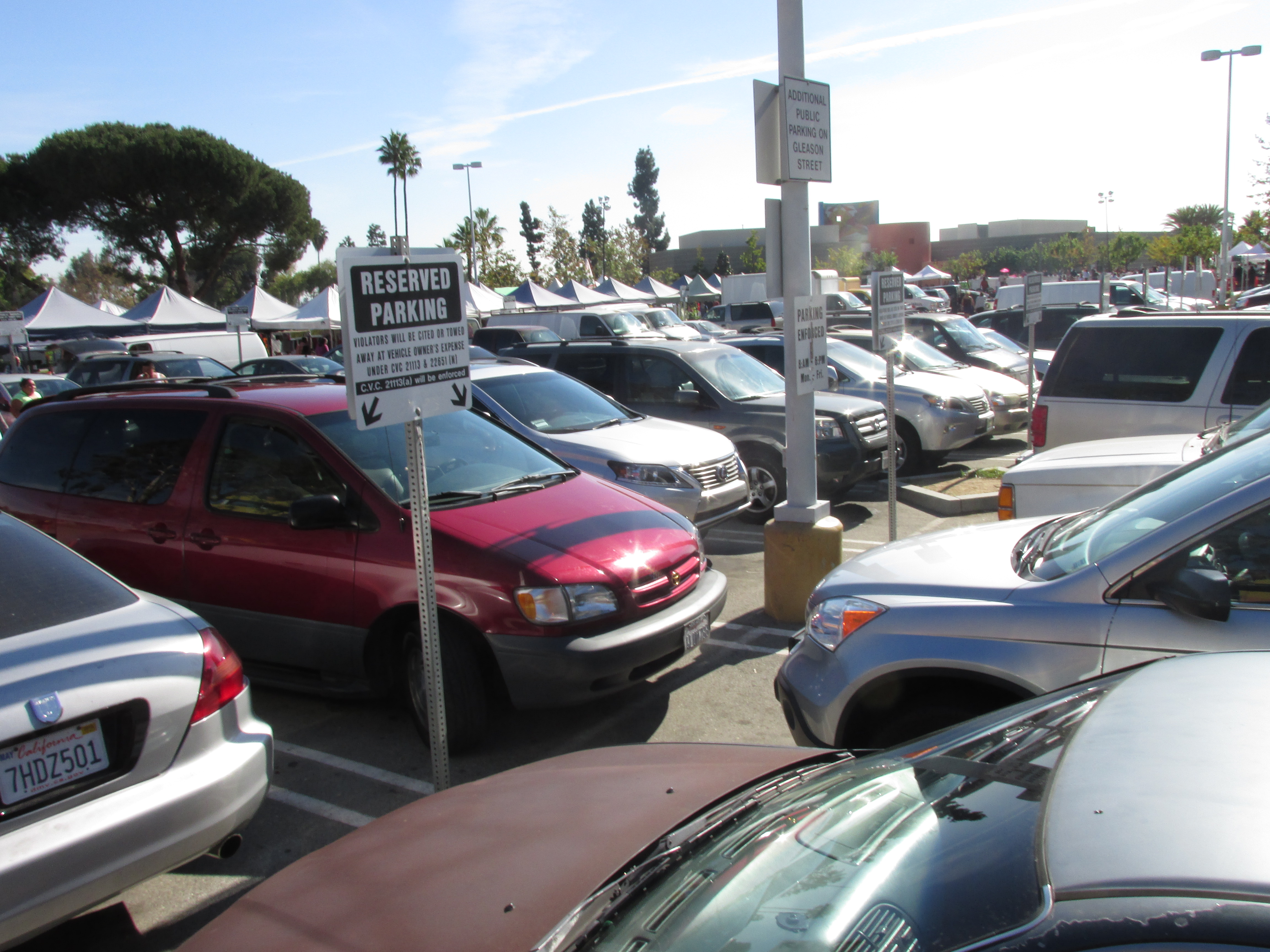
No Access
Can residents find their way out of a desert without the necessary tools for survival?
It’s dinnertime and what better to eat than a wholesome home cooked meal, right? Well, if you live in East Los Angeles, you may have to guess again.
According to the Los Angeles County Department of Public Health, East Los Angeles is a food desert. For many people in this community, finding healthy foods to eat can be an arduous task. By USDA standards, food deserts affect those living in urban neighborhoods with little to no access to healthy and affordable foods. This means, instead of nearby grocery stores, these communities have high numbers of fast food chains and convenient stores.
As a result of a lack of healthy, affordable food options, residents who live in these communities suffer higher rates of obesity, diabetes and heart disease. Data shows that 30.9 percent of the people in East Los Angeles are obese, which is two times greater than those who live in West Los Angeles.
Why the disparity? Well, approximately 50 percent of all food deserts occur in low-income communities. So, the stark contrast between lower and higher income communities is nothing new, and only becomes greater in relation to food access. Non-profit organizations like the Food Empowerment Project work to shed light on these issues, while emphasizing the importance of food choices. Lauren Ornelas, the founder and executive director of the Food Empowerment Project, is in no way surprised by these statistics. In fact, she and her team have done their own research.
“We found high income areas have 14 times more access to vegetables than lower income areas,” Ornelas said. “And, lower income areas have 50 percent more meat markets and liquor stores.”
Ornelas said they surveyed Santa Clara County for healthy food availability by physically going into every grocery store, liquor store, and convenient store in the area.
Many cities including East Los Angeles have tried to solve this problem by inputting healthy corner stores and farmer’s markets. In a program sponsored by Public Matters, a social enterprise organization, students from East LA Renaissance Academy converted two local markets that were mainly comprised of alcohol and unhealthy foods into markets with fruits and vegetables.
Martin Buckman, a lead teacher at East LA Renaissance Academy, said, “It’s pretty clear that there are many more people with weight issues in this community, so the purpose of the program was to help change the habits and bring awareness to the residents.”
Although the program expired in 2013, Buckman said many of the students realized the importance of this issue and have gone on to study public health programs in college.
But even, with these positive changes, Ornela believes the problem is “much more than an access problem.” After her team received their results, they went back into the community and held focus groups to see where the real issues lied.
"We found that one of the biggest barriers to the lack of access to healthy foods were prices," Ornelas said.
Studies show that 30 percent of the people in East Los Angeles live in poverty and have a median household income of $35,171. So, it may not be that there is no access to healthy foods at all, but rather there is no access within monetary reach.
“I don’t go to farmer’s markets often because it’s more expensive,” said local resident Tamera Espinosa. “And for that reason, I’d say not many people go there.”
But still, Espinosa is one of the lucky ones. She said she lives less than half a mile away from a local grocery store.
So, even for people like Espinosa who have access to healthy food options, it’s not something that’s very economical. This brings to question if there will ever be a solution to this problem. Is it possible to have affordable produce? Well, Ornelas believes so.
“Having people growing their own food and being self reliant is part of the solution,” Ornelas said. “Because, it’s important to make money that stays within the community instead of having corporations such as Walmart coming in.”
Whether it comes internally or externally, members of this community hope to find a solution and food deserts once and for all.
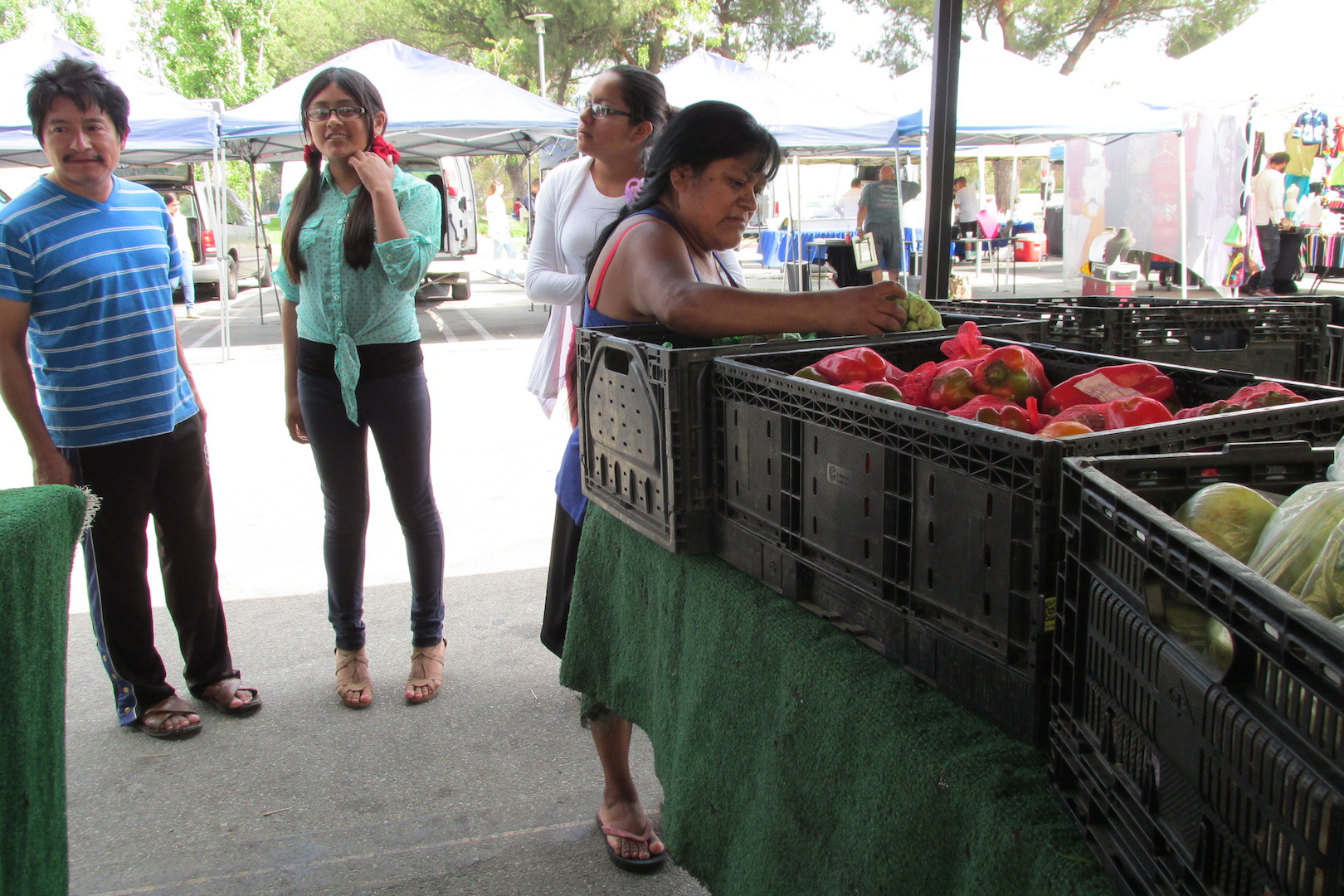 East LA residents shop for produce at local farmer's market.
East LA residents shop for produce at local farmer's market.


